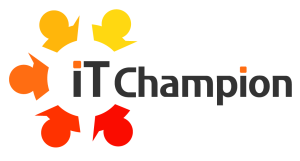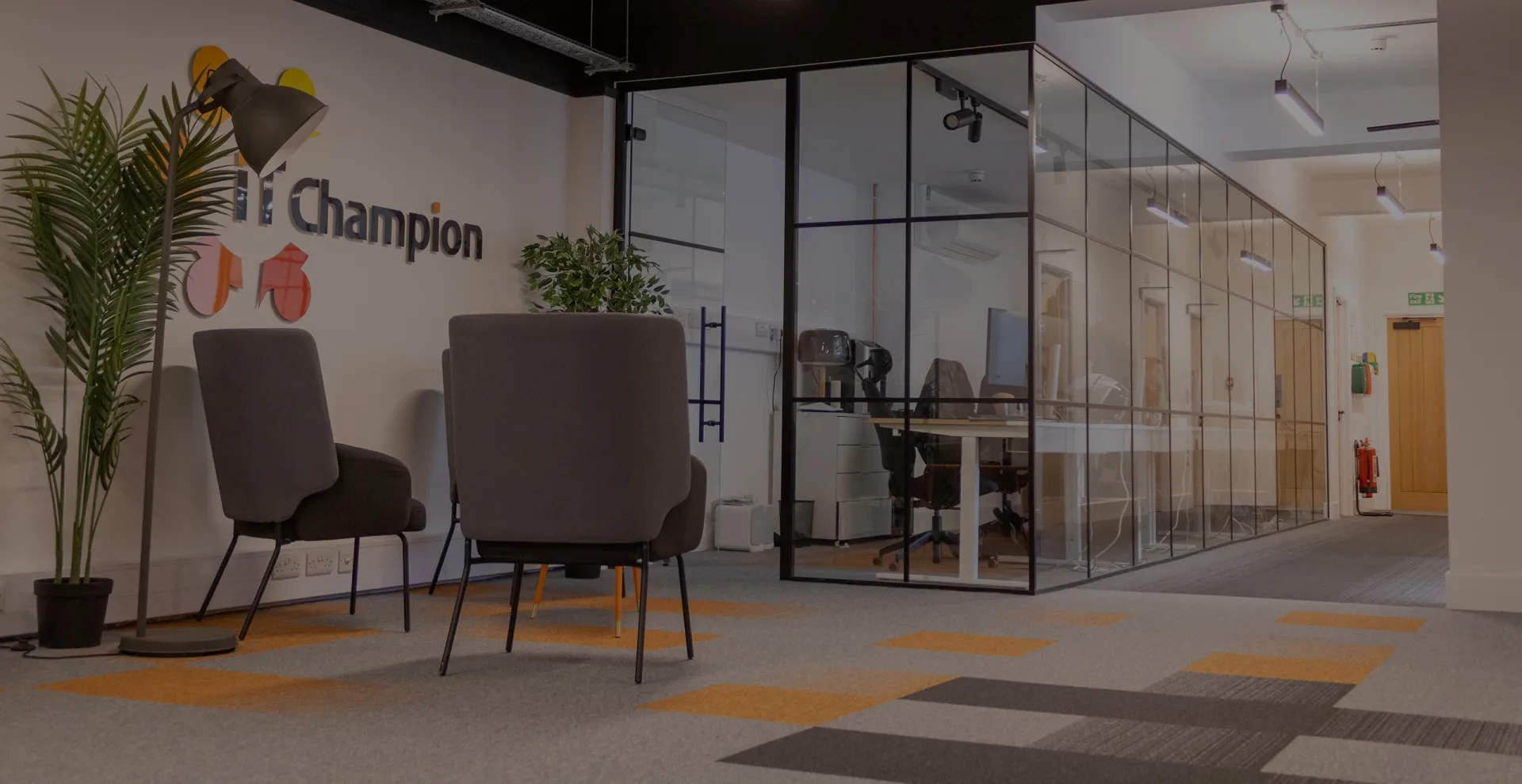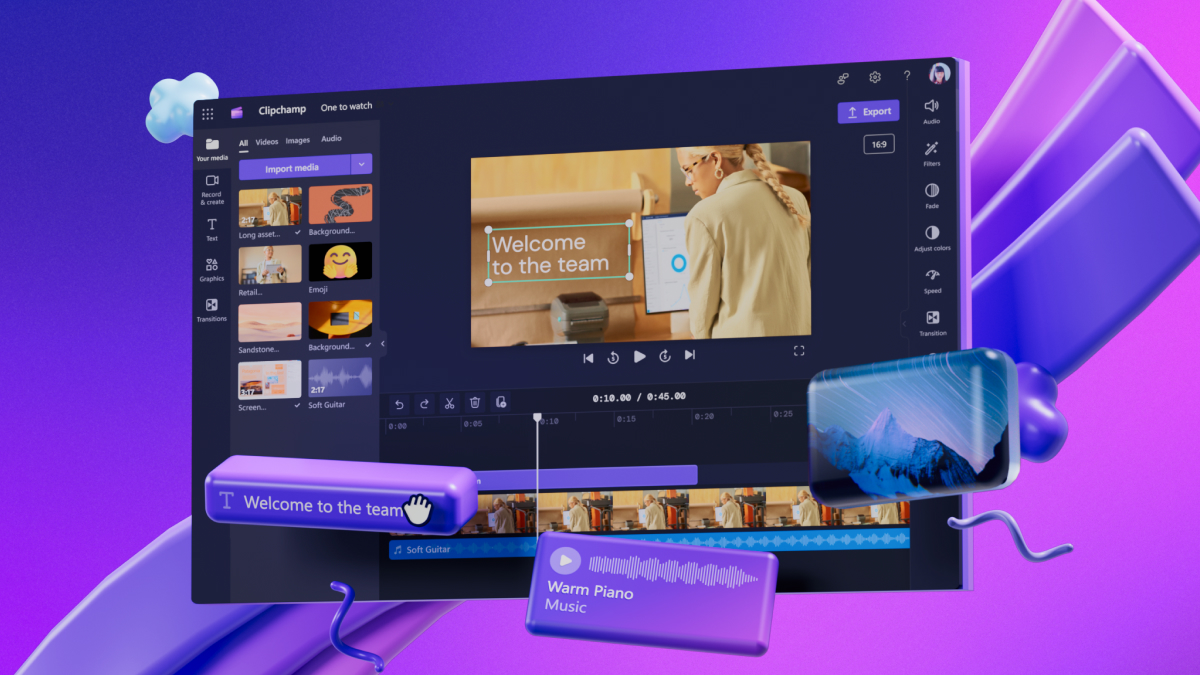We help organisations manage all endpoints, or electronic devices, that access their systems, networks and data. Behind our device management support is a team led by our Cloud and infrastructure lead – Dan Cauchois
We wanted to give you a better understanding of the people we have behind the screens of IT Champion, so we asked some key people ten questions to help uncover the personalities, experience and knowledge that powers our success.
Today is about getting to know our cloud and infrastructure lead.

Tell us about your role at IT Champion
I lead our cloud and infrastructure team at IT Champion, which spans a few specialist areas from cloud backup, and storage, device management, deployment, and replacing physical items such as servers and routers to all things cyber security.
How long have you worked for IT Champion
I start in September 2016, so that’s seven years now.
What does a typical day look like
There are many things that can fill up my day, mostly it can involve one or more of the following:
- Assisting the support team with anything that’s needed.
- Assisting my colleague with any backup issues.
- Picking up any P1s
- Looking after a couple of clients day to day infrastructure needs
- Chipping away at existing projects
- Scoping new projects
- Quoting for things which may not be directly a project, but a request from the client. E.g Licensing
- Picking up any new project work which comes in via Support
- Scheduling projects/work
- Meetings with clients to discuss what will need attention
- Invoicing/billing for my department
- Working with Service Delivery to create documentation for the Support team
- Usually involved with the new client onboarding
What got you into IT and particularly your expertise in Microsoft 365 and SharePoint
Matt, the MD, forced me 😀
In all seriousness, I didn’t know what I wanted to do after finishing school. I had completed my work experience at IT Champion a year or two prior to finishing school and was planning on just going to college to do a business course… luckily, Matt was keen for me to start and I ended up giving it a go. The rest is history!
What would you say are the most commonly under used elements in an organisation’s IT and why
Taking advantage of all of the features within their Microsoft 365 Licenses, usually, because no one has told or shown them the wealth of features available.
In the time you’ve been developing Modern Workplace solutions for small to medium businesses what development has made the largest impact on an organisation
Ability to join a device to Azure Active Directory to allow users to sign in with Microsoft 365 Username and Password. Previously, a Server/Domain Controller was required to allow users to sign in on any device with their credentials. This allows for completely cloud-joined machines without the need for traditional infrastructure and VPNs.
When thinking about the rapid changes in office life where do you think technology is best placed to enable secure working and employee productivity
I think a hybrid working model is great and is completely suited to a modern workplace environment. A balance between the office and remote means you can still keep in touch with colleagues etc but excel in productivity when working remotely.
The modern workplace environment is designed for the ability to complete your job remotely exactly as if you were working in your office.
Where can a Modern Workplace solution impact the most (cost, time, productivity, resilience)
I would say that when thinking about my area of expertise a Modern Workplace solution can reduce the time it takes to build devices that can be loaded with appropriate applications for the person’s role within the organisation, then the cost and time of re-provisioning existing devices via secure remote access. Then the big one is securing devices via encryption – this reduces the risk and cost of loss of your company and client data.
What’s next in the development of a modern workplace – what new features are just around the corner
I would say one development is on ChromeOS (Chromebooks) support is gradually coming to Microsoft Intune and will likely be an interest amongst schools. Then Windows 11 is being adopted by some organisations now so we are expecting lots of organisations to want to adopt this too in the next couple of years.
What’s the one piece of advice you would give to an organisation unsure where to start when creating and implementing a modern workplace solution
The journey tends to start by reviewing what applications a client is using. If they are using applications which currently run on a Server, and that application vendor doesn’t provide a cloud version of their application, we would then need to look at migrating this to a Microsoft Azure Server or, remaining with a server onsite. If a customer requires an onsite server, it’s unlikely, unless they are trying to achieve an accreditation such as Cyber Essentials Plus or have a specific need for SharePoint or Intune, that they would like to combine the server infrastructure and a modern workplace environment due the double up on costs and often there not being the need to do so.
If the customer would like to achieve a modern workplace and has applications which need a server, but does not want a server infrastructure, they often will look for alternative cloud solutions.







